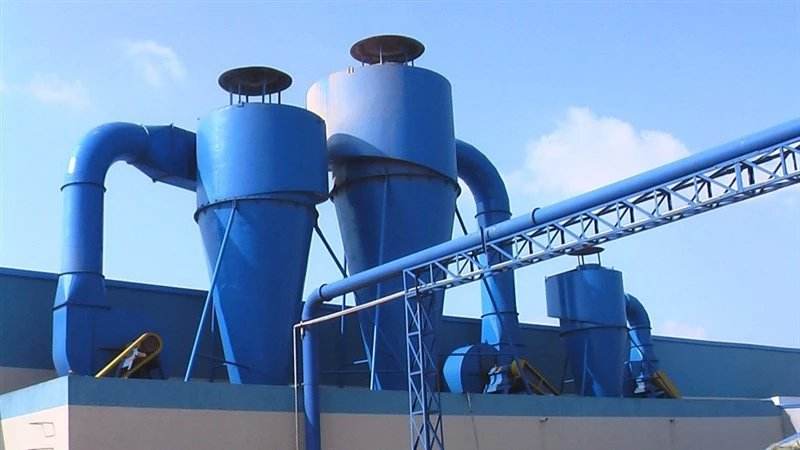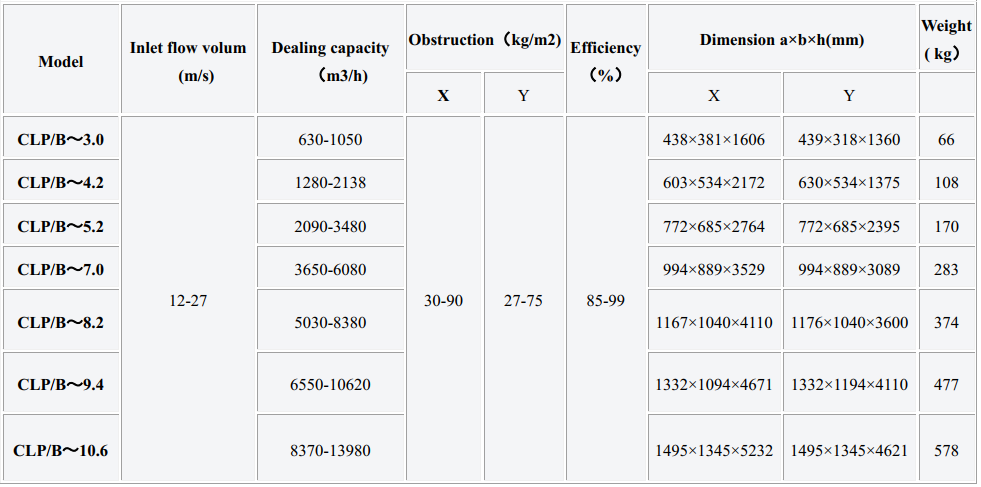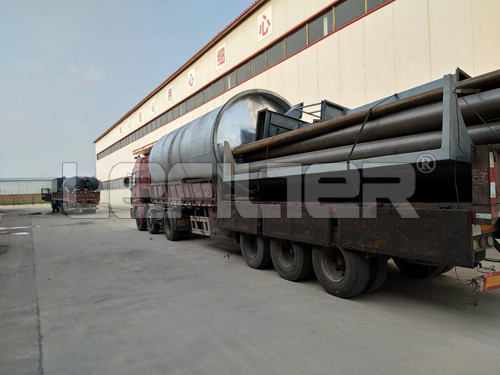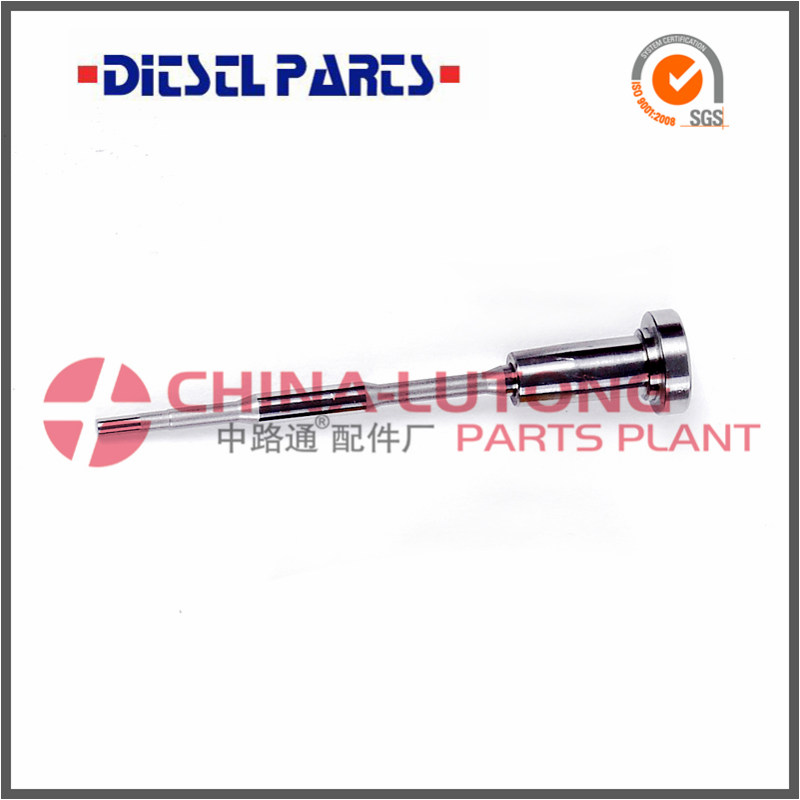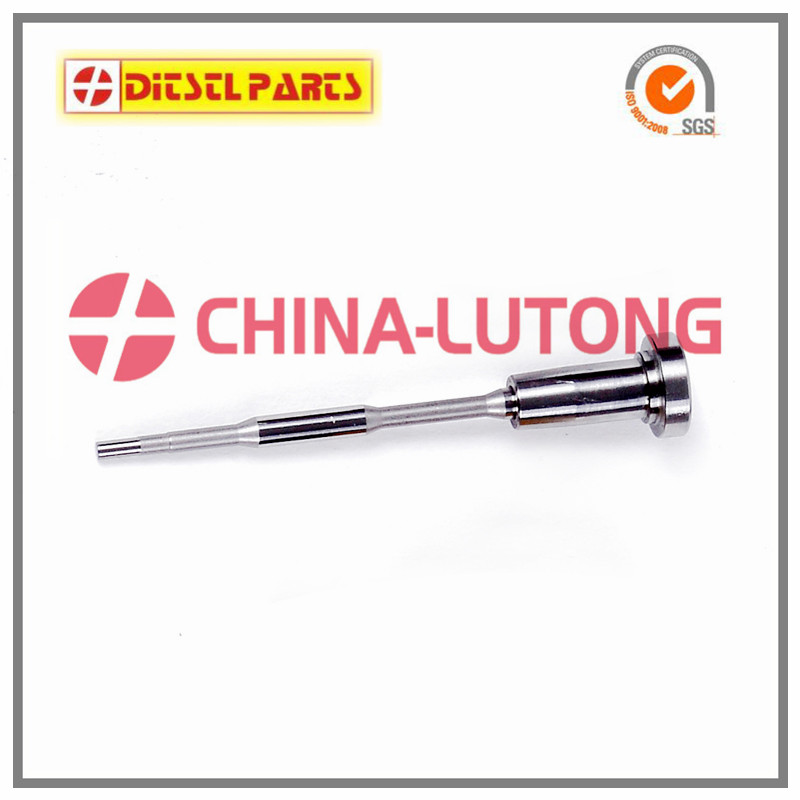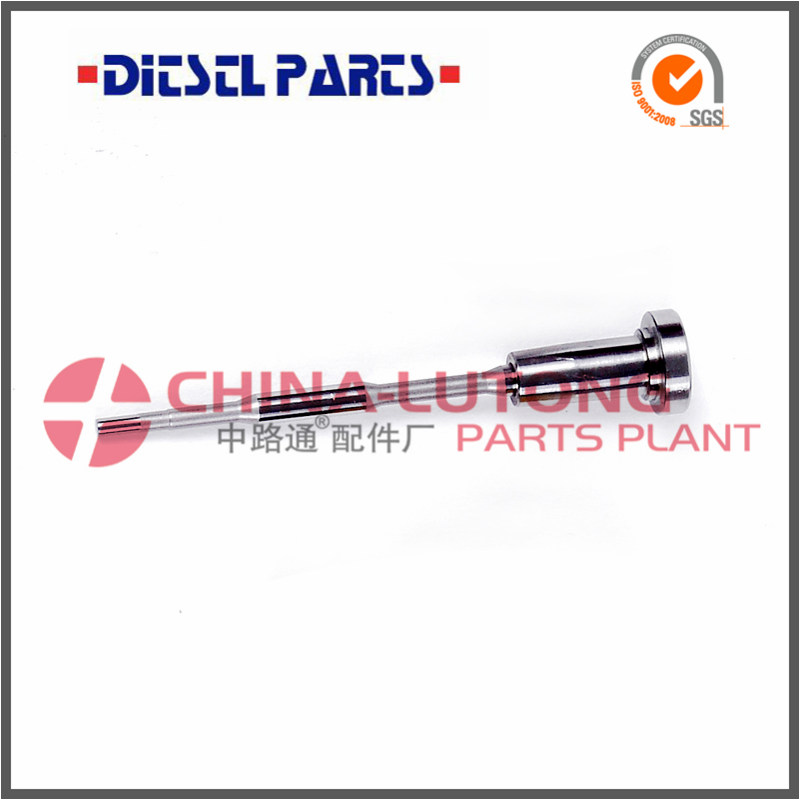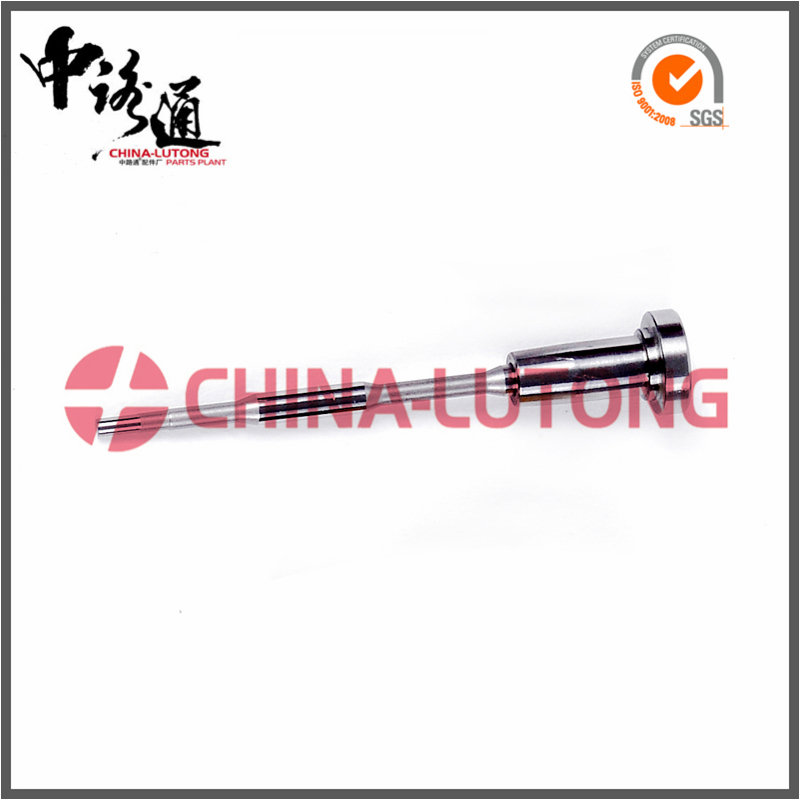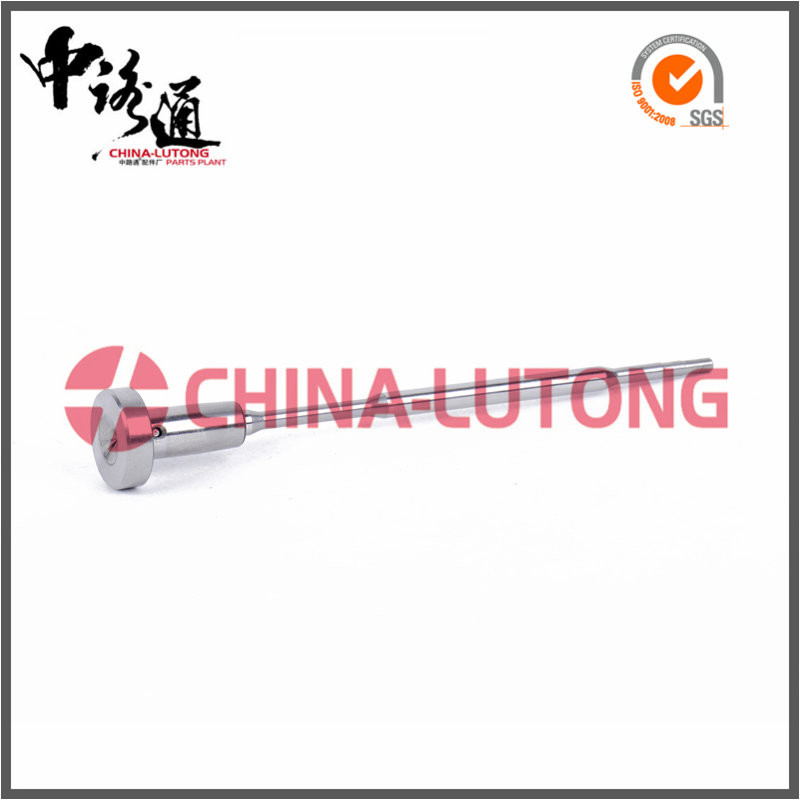cyclone dust collector with 60000 m3/hr capacity
Introduction:
The CLP-B type cyclone dust collector can be used either alone or in combination with multiple cylinders. It is connected by a common gas inlet
and outlet gas cylinder to satisfy any smoke volume treatment. The unit of each dust collector has four parts: body, volute, core tube and sealed
dust collection device with good performance.
The working principle of the CLP-B cyclone dust collector after adding the bypass is that the dust-laden gas enters the tangential direction from
the entrance. When the air flow obtains the rotating motion, the air flow is separated from the upper and the lower to form a double-scroll
cochlear motion. The dust is in the double-scroll There is a strong separation effect at the boundary. The coarser dust particles are separated to
the outer wall with the down spiral vortex flow. Part of the dust is led out from the central hole of the bypass separation chamber, and the
remaining dust is carried by the downdraft. The upper vortex air flow has aggregating effect on fine-grained dust, thereby improving the dust
removal efficiency. This part of the finer dust particles, from the upper spiral vortex to the upper part, forms a strongly rotating upper dust ring
under the top cover, and enters the upper hole of the bypass separation chamber together with the upper spiral worm gas flow, and is introduced
into the cone through the return air inlet. With the internal air flow, the purified gas is discharged from the exhaust pipe, and the separated dust
enters the hopper.
Structure size:
1. The size of the exhaust pipe The depth of the exhaust pipe should be at the interface between the upper and lower air swirlers. Exhaust pipe
insertion depth and dust removal efficiency. The depth of insertion is about 1/3 of the height of the intake day; and it has nothing to do with the
type of dust, the particle size distribution, and the inlet gas velocity. The deeper the insertion depth of the exhaust pipe, the greater the pressure
loss.
2. Bypass Separation Chamber Side Separation Separation The top side seam of the bypass chamber introduces the upper vortex gas flow into
the bypass separation chamber. The cone side seam introduces the dust ring formed by the lower spiral in the upper cone into the bypass
separation chamber. The height of the side seam is generally the distance from the top edge of the inlet to the top cover.
If you need, please feel free to contact Miss. Livia
Отправить запрос, связаться с поставщиком
Другие товары поставщика
| Lube oil filter element EPE brand 1.060LAH6SL-000-6-PX made in China | Lube oil filter element EPE brand 1.060LAH6SL-000-6-PX made in China Introduction: EPE filter element is widely used in the hydraulic system and l... | |
| Rubber raw materials waste tire pyrolysis machine for oil | Working principle:First, the raw materials are put into the reactor, and then seal the feeding in door, later start the machine and the reactor wil... | |
| long bag dust collector for heavy industries dust removal machine with PLC control | Introduction: Long bag off-line pulse dust remover is mainly composed of upper tank, middle tank, ash hopper, air inlet flow pipe, bracket, filter... | |
| Advanced Design Waste Tires Plastics to Oil Pyrolysis Machine to Get Carbon Black Steel Wire | Working principle:First, the raw materials are put into the reactor, and then seal the feeding in door, later start the machine and the reactor wil... | |
| China Alternative Hydraulic Oil Filter UE219 UE319 Series | Introduction: 1.Lefilter filter is widely used in hydraulic system and lubrication system to filter out the metal particles and rubber impurities c... |
Похожие товары
| Common Rail injector control valve F00V C01 365 & Common Rail injector control valve F00V C01 368 | Продавец: zhonglutong | Common Rail injector control valve F00V C01 365 Common Rail injector control valve F00V C01 368 C... | |
| Common Rail injector control valve F00V C01 362 & Common Rail injector control valve F00V C01 363 | Продавец: zhonglutong | Common Rail injector control valve F00V C01 362 Common Rail injector control valve F00V C01 363 C... | |
| Common Rail injector control valve F00V C01 358 & Common Rail injector control valve F00V C01 359 | Продавец: zhonglutong | Common Rail injector control valve F00V C01 358 Common Rail injector control valve F00V C01 359 C... | |
| Common Rail injector control valve F00V C01 355 & Common Rail injector control valve F00V C01 356 | Продавец: zhonglutong | Common Rail injector control valve F00V C01 355 Common Rail injector control valve F00V C01 356 C... | |
| Common Rail injector control valve F00V C01 352 & Common Rail injector control valve F00V C01 353 | Продавец: zhonglutong | Common Rail injector control valve F00V C01 352 Common Rail injector control valve F00V C01 353 C... |









